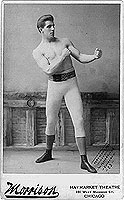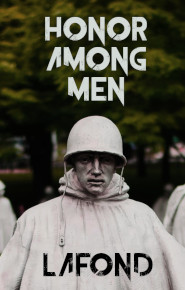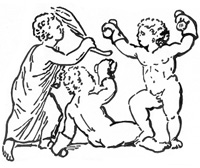2013, Quercus, NY, 564 pages, translated from the Italian by N. S. Thompson
Reviewer’s note: I am viewing an advance copy. The publisher has requested that reviewers reframe from quoting from the text as it is not final. I, however, do not work for an organization that might do business with Quercus, and, having gotten my hands on this advance copy in a fashion that the protagonist would certainly appreciate, shall quote from the text.
Crime thrillers are a rare genre for me, predictably peopled as they are by ‘good guys’ bringing ‘bad guys’ to ‘justice’. However, after nefariously getting my hands on an advance copy, including an inserted interview with the author, I had to crack the cover. Two flash prologues grabbed my attention. Then as I opened up to a dated rather than numbered chapter, in which the protagonist reveals himself to be a callously womanizing, smoking, toking, drinking son of nepotistic fortune, I was hooked.
The Deliverance of Evil is a starkly plotted ‘who done it’ that follows Captain Michele Balistreri through retrospective scenes from 1982, to his current investigation in 2006. The social landscape of a corrupt Italian upper class society whose patriarchal structure is crumbling in the face of divorce laws and triggering increased murders of estranged women by suddenly powerless men, is woven into the narrative with troubling clarity.
Michele may turn some readers off, as he is too knowingly flawed to be truly likeable. Michele, as unsavory as he is, is the key to this gripping novel. At 564 pages The Deliverance of Evil reads at the pace of a 200 page western. What the reader gets is a true crime drama in which a ‘bad guy’ pursues a ‘worse guy’, a recently resurgent serial killer who refers to his victims as ‘just rag dolls’. Captain Balistreri has enough introspection to render him monstrous in a Nietzschean way. In his darkened mind ‘Love was a country where it rained salt, and it had turned into a desert.’
The author demonstrates some poetic gifts, particularly where Captain Balistreri’s introspective moments are concerned. Having known a number of womanizing men along the lines of Balestreri, I find him much more believable a protagonist than a James Bond serial seducer, or the more typical crime fighter who pulls away from a woman just before he taints another window of her soul. Also, the lead character’s compulsion to enjoy the company of a friend with calming, even charitable, tendencies is right on the mark.
In the final analysis The Deliverance of Evil, as complexly and tightly plotted as it is, is in essence a look at the world through the binocular vision of a hunter. As Balistreri considers ‘The Invisible Man’ who is selectively murdering women who shall be missed, he thinks to the construct of the killer he harbors in his mind, “…I happen to be the right instrument for your vendetta.”
In The Deliverance of Evil Roberto Costantini has crafted a gray world peopled by brightly lit victims, stalked by dark characters, as seen through the eyes of an intensely thuggish man, redeemed primarily by his realization that the world deserves something better than him, and should not have to tolerate anything worse.











